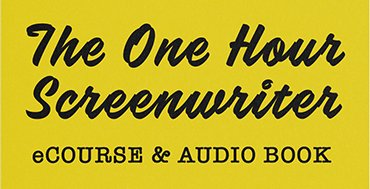Creating a Linguistic World


Some idioms might be cute, and some might be serious, but any way you approach them, they are incredibly illuminating of a culture and characters who belong to it. I personally feel that idioms are so closely linked to the culture of which they are a part that, if they are used outside their original cultural context, they stick out of a story when I’m reading it. If you’re creating a world, you should be giving serious attention to idiomatic expressions.
One type of idiomatic expression is the aphorism – a phrase intended to give people behavioral guidance. “The early bird gets the worm” is used constantly in English, but this set of words, in this order, is so recognizable as belonging to our culture that I would hope I’d never run across it in a story world not directly linked to our own. If there are no birds, or there are no worms, you’re in serious trouble. And even if there are, and your people place value on rising early or acting early, don’t use it just as is. Change it. What are the primary motivators for your people to be getting up early, or acting fast? Create something that makes reference to that. Off the top of my head I’ll give you this: “First arrow names the kill.” This would be a society in which people hunt with arrows and whoever has their arrow hit first gets to receive some kind of honor. I’d work out the details with naming as I went. Story cultures can also have their own special values that will be honored with aphorisms. In Varin, the servant caste is guided by the expression, “Imbati, love where you serve.” This is a big deal for members of the caste who have to struggle with their own identity and with cruel masters, etc.
Read the whole much longer post here: http://talktoyouniverse.blogspot.com/2011/06/foot-assignments-how-idioms-and.html
Some idioms might be cute, and some might be serious, but any way you approach them, they are incredibly illuminating of a culture and characters who belong to it. I personally feel that idioms are so closely linked to the culture of which they are a part that, if they are used outside their original cultural context, they stick out of a story when I’m reading it. If you’re creating a world, you should be giving serious attention to idiomatic expressions.One type of idiomatic expression is the aphorism – a phrase intended to give people behavioral guidance. “The early bird gets the worm” is used constantly in English, but this set of words, in this order, is so recognizable as belonging to our culture that I would hope I’d never run across it in a story world not directly linked to our own. If there are no birds, or there are no worms, you’re in serious trouble. And even if there are, and your people place value on rising early or acting early, don’t use it just as is. Change it. What are the primary motivators for your people to be getting up early, or acting fast? Create something that makes reference to that. Off the top of my head I’ll give you this: “First arrow names the kill.” This would be a society in which people hunt with arrows and whoever has their arrow hit first gets to receive some kind of honor. I’d work out the details with naming as I went. Story cultures can also have their own special values that will be honored with aphorisms. In Varin, the servant caste is guided by the expression, “Imbati, love where you serve.” This is a big deal for members of the caste who have to struggle with their own identity and with cruel masters, e



Create a visual map for a character’s emotional journey. Pull stories from character rather from rote story structure beats. Some of the largest international media companies, use this in story and character development.


A clear concise guide for writers and producers to have by their side as they embark on a project. It gives a really vital reminder of what is key for story success.

No comment yet, add your voice below!